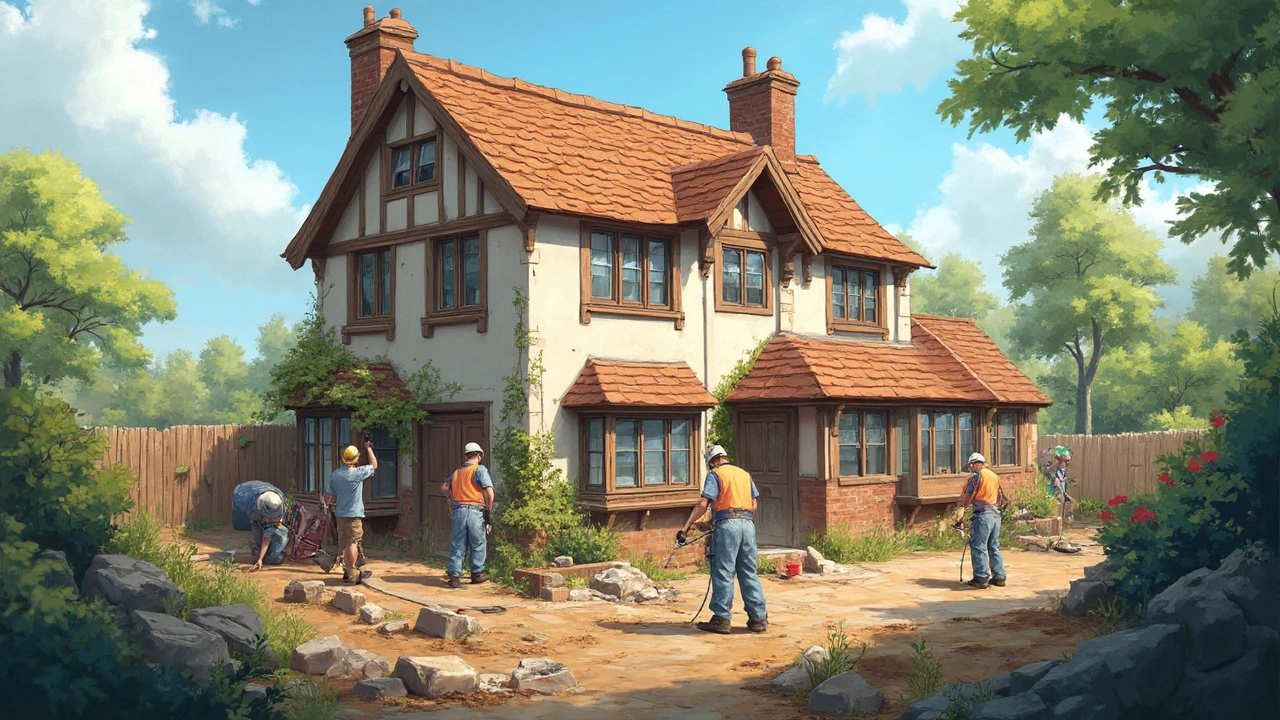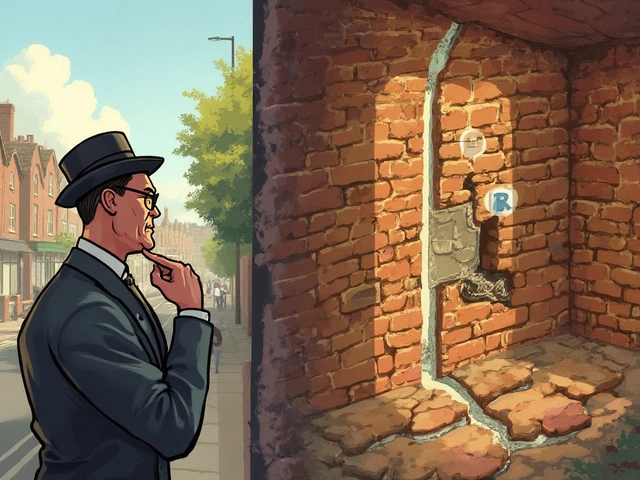Repair Effectiveness: Picking the Right Fix for Your Home
Got a crack in the wall, a leaky roof, or a shifting foundation? Before you throw money at a solution, ask yourself: will this fix actually work? Understanding repair effectiveness helps you avoid wasted cash and future headaches. Below are practical ways to judge if a repair will hold up.
Know When a Repair Holds Up
First, look at the cause. Small hair‑line cracks in a basement wall often result from normal settlement. A proper epoxy injection can seal them and stop water from sneaking in. That fix is cheap, quick, and lasts years if the soil stays stable.
Big structural movement tells a different story. If you see doors that stick, floors that slope, or walls that bow, the problem runs deeper. In these cases, a simple patch won’t cut it. You’ll need soil stabilization, pier installation, or even a full foundation replacement. The key is to match the repair method to the severity of the issue.
Another clue is the material’s compatibility. Using the wrong filler on limestone, for example, can cause the repair to crumble. Always choose a product that’s recommended for the local quarry stone you have. When you buy from a local supplier, you get material that matches the existing rock and behaves predictably.
Don’t forget about drainage. Many repairs fail because water keeps finding its way back. Installing a French drain, regrading the yard, or adding waterproof membranes can turn a short‑term fix into a long‑lasting solution. If you skip the drainage step, you’re likely to end up back at square one.
DIY or Pro: How to Decide
DIY works best when the repair is small, visible, and low risk. Sealing a hair‑line crack with epoxy, cleaning and repointing mortar joints, or tightening loose roof shingles are tasks most handy homeowners can handle safely.
If the repair involves structural components—load‑bearing walls, joists, or the foundation itself—call a professional. Structural engineers can assess load paths, and licensed contractors have the equipment to install piers or underpinning correctly. Cutting corners here can cost far more in the long run.
Cost is another factor. A DIY repair might only cost the materials, but a professional job includes labor, permits, and insurance. Get at least three quotes and compare what each includes. Some contractors bundle drainage, waterproofing, and warranty into one price, which can be a better deal than a low‑ball quote that skips essential steps.
Time matters too. If you need a quick fix to move back into a home, a professional can often finish faster and with fewer mistakes. DIY projects can drag on, especially if you run into unexpected issues like hidden moisture.
Finally, think about warranty. Many reputable contractors stand behind their work for years. A DIY repair rarely comes with any guarantee, so if something goes wrong you’re on your own.
In short, evaluate the cause, size, and risk of the problem. Match the repair method to the material, add proper drainage, and decide wisely between a DIY effort and a pro’s expertise. Doing this will help you choose repairs that actually last, protecting your home and your wallet.
Does Foundation Repair Really Work? Exploring the Truth Behind Fixing Your Home's Base

Foundation repair can be a daunting concept, leaving many homeowners unsure about its effectiveness. By comparing various repair methods, understanding potential challenges, and exploring real-life success stories, this article sheds light on whether these interventions truly work. Get the facts you need and tips on finding the right professionals for the job. Strengthening your home might be simpler than you think.
read more



